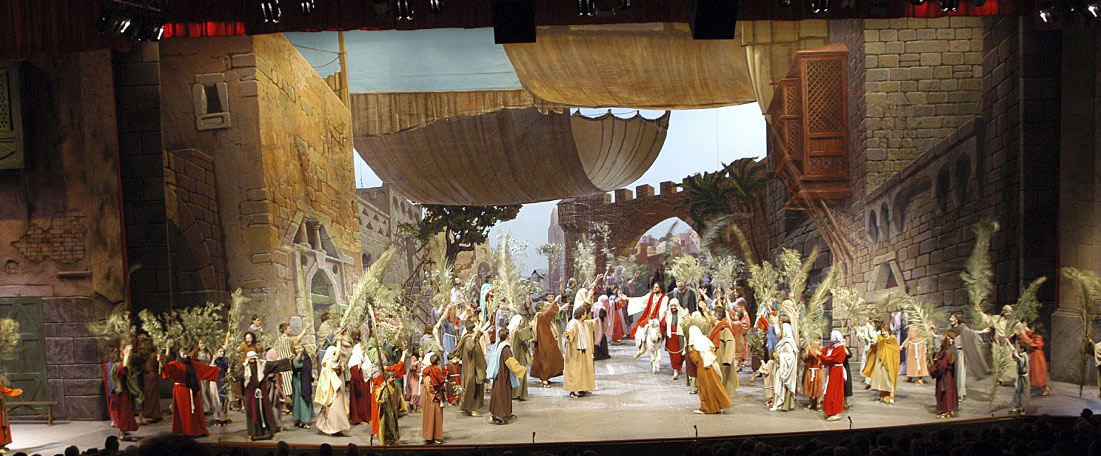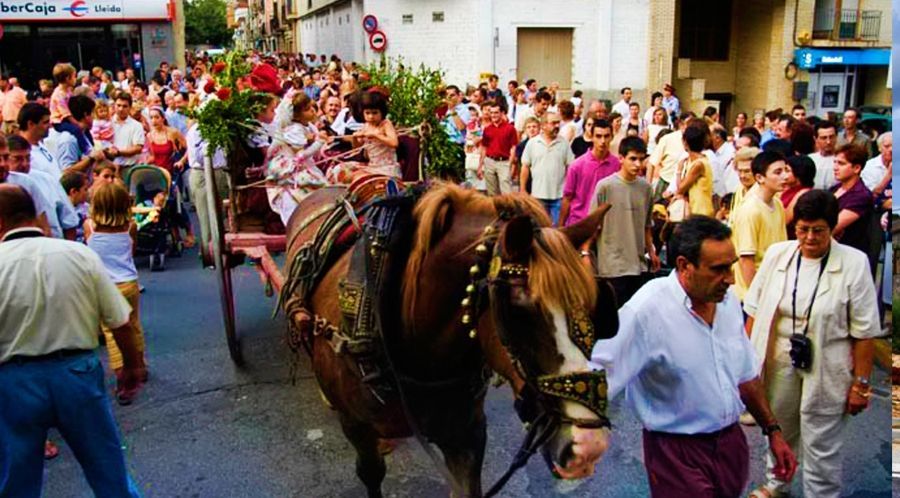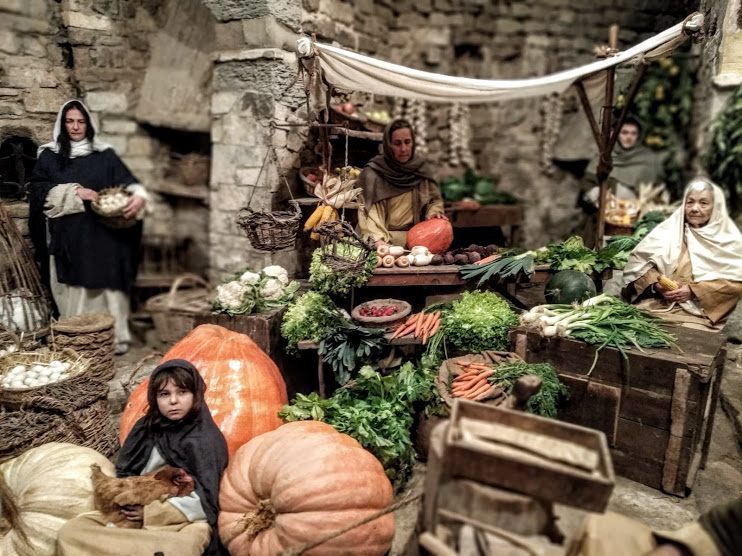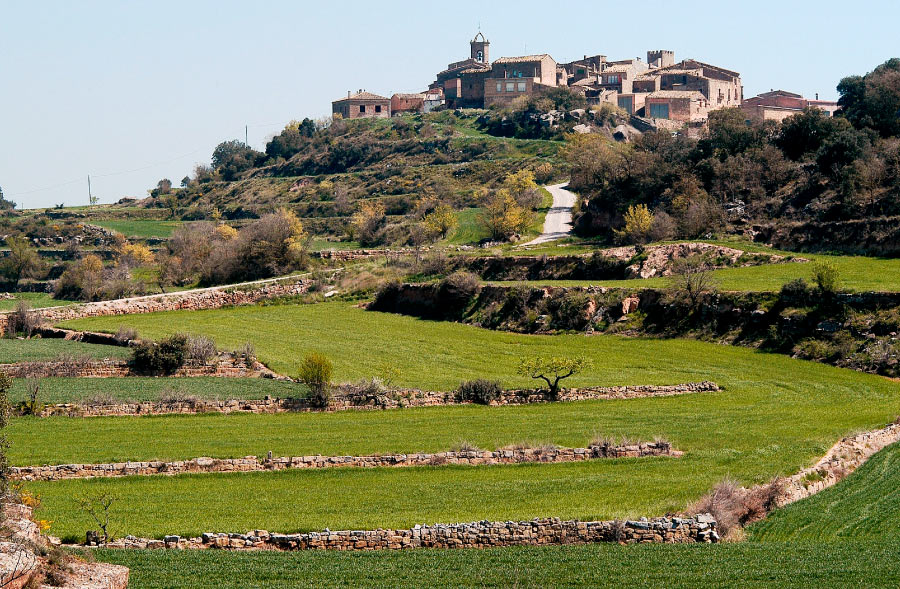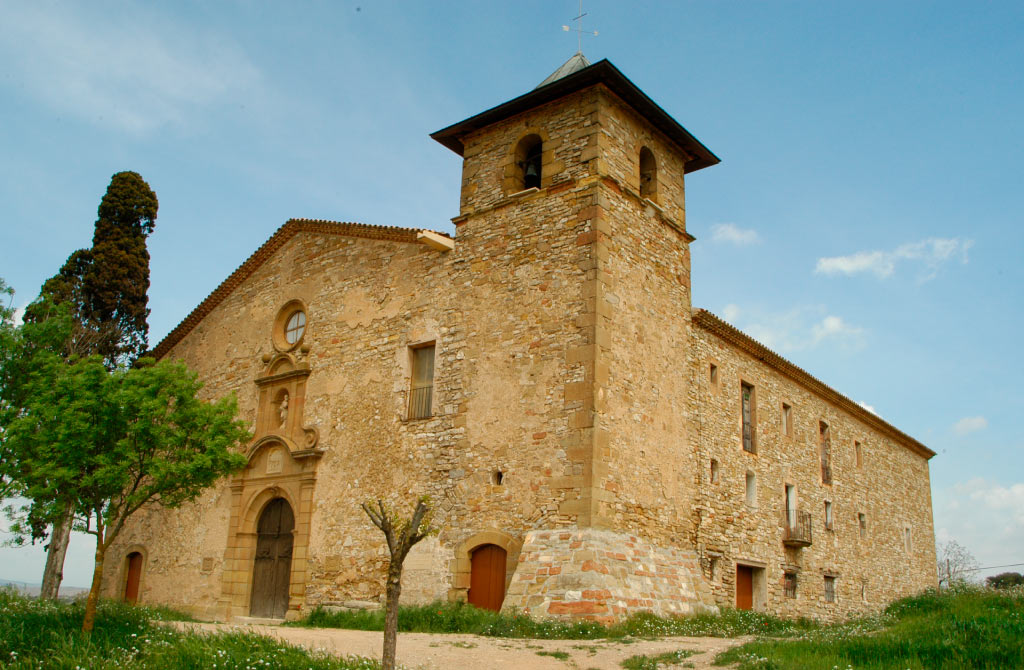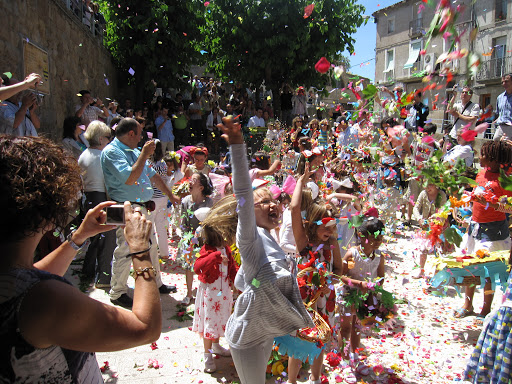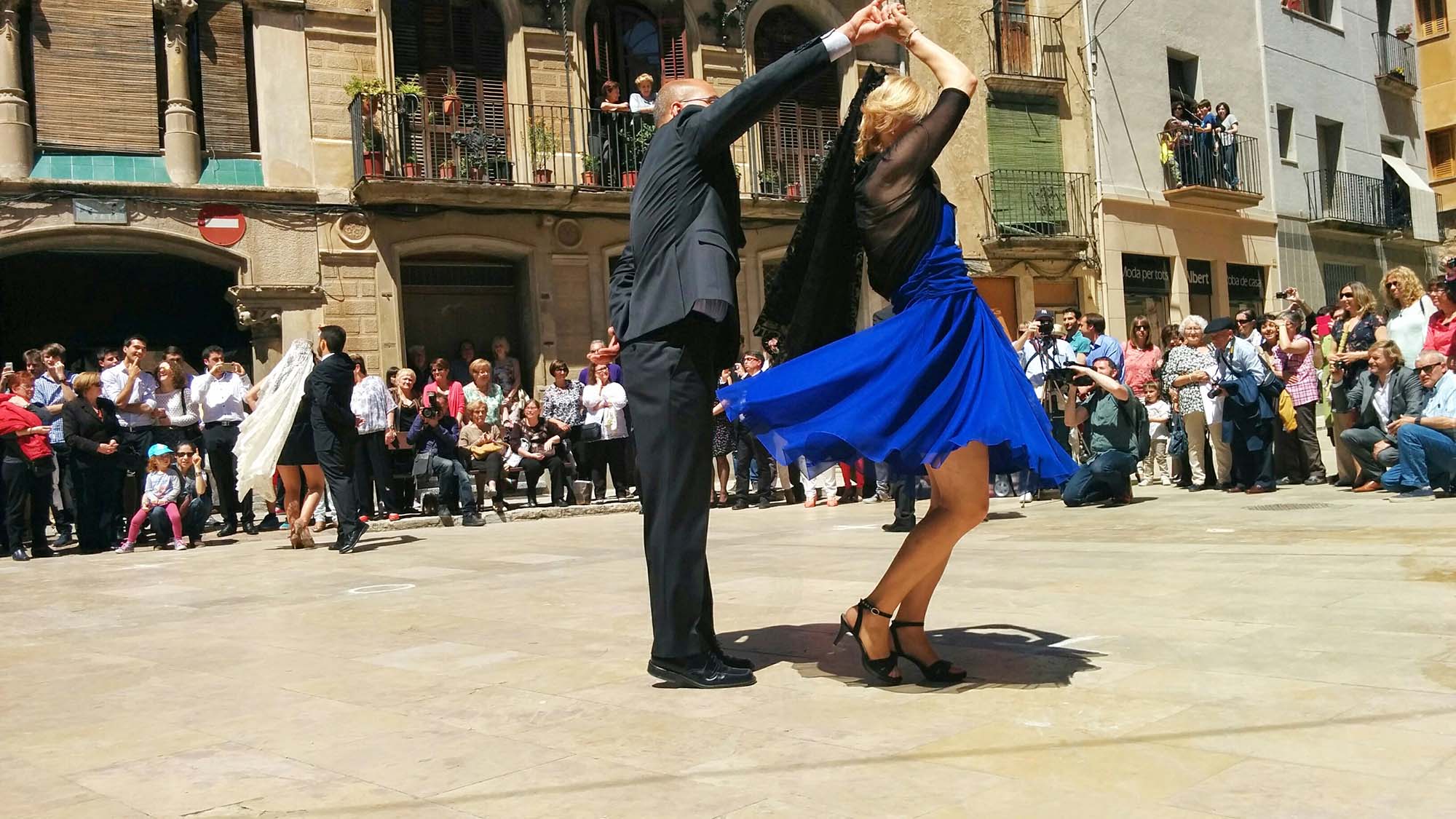INTANGIBLE CULTURAL HERITAGE OF THE PYRENEES AND THE LANDS OF LLEIDA
LA SEGARRA
A LEGENDARY VANTAGEPOINT
The route through the Intangible Cultural Heritage of the Lands of Lleida takes visitors up onto the high plains of La Segarra. On this vantagepoint, which stands above the central depression, the people of La Segarra have built a comarca (local district) bursting with personality. The dignified character of those who work this land, and who have such a strong sense of community and belonging, has been handed down to them by their parents and by their parents’ parents, and still remains clearly evident. This is a territory of fields of wheat waving in the wind and bathed by a sun whose light stretches out towards a vast horizon.
The journey
The capital of the comarca offers visitors an ample choice of festivities that are significant indicators of the character of the local population. Only a strong, determined community would dare welcome its visitors with a staged representation like that of the Passió de Cervera (Cervera’s Annual Passion Play). The work involved in preparing and staging this play has forged strong bonds that have brought the local capital even closer to its surrounding villages and hamlets. Indeed, this sense of a shared struggle permeates any journey through La Segarra. The Passion of Cervera is a magnificent, and very dramatic, portrayal of the Passion of Christ and was first documented back in 1477. This magical and moving piece of medieval mystery theatre seduces audiences in both the church of Santa Maria, with the Passió Medieval (Medieval Passion), and at the Gran Teatre de la Passió with the Passió de Cervera. In February, during the Festa del Santíssim Misteri (Festival of the Holy Mystery), the people of Cervera come together once more and will delight visitors with their presentation of the church cantata known as Les Completes de Cervera. This work, which dates from the 19th century, is a splendid piece of liturgical music and occupies a very special place in the lives of the people of Cervera. The festival of Sant Magí, when water is handed out to the households of the capital, completes a trilogy of celebrations that are at the very heart of life in Cervera.
With a passion similar to that of the people of Cervera, every year, the residents of Sant Guim de la Plana enact the story associated with the birth of Christ through a Living Nativity Scene that has become one of the most important Christmas events in Catalonia. Each scene is a beautifully arranged tableau that brings to life a solemn and respectful representation of the birth of Christ.
This comarca has steadfastly held onto its time-honoured beliefs and folklore. In the homes of every villager, myths and legends continue to be passed down from generation to generation. At Florejacs, they tell the story of the lady of the castle, who was so dazzlingly beautiful that she attracted many suitors. They say that she gave each of them a magic flower that turned them into another flower that she then planted in her garden. According to local legend, this explains how the village got its name and it is said that people now wait for the lady to reappear and to walk around the castle walls once more. At Ivorra, the old people tell a story that took place in the year 1010 and which concerns a local priest who was celebrating mass at the church of Santa Maria when, during the Eucharist ritual, he began to doubt the presence of Jesus Christ. Then, all of a sudden, the Eucharist wine turned to blood and spilled over the altar napkins. This event was declared a miracle by Pope Sergius IV, who granted valuable relics to Ivorra. These are still kept in the church’s sanctuary, which is dedicated to Sant Cugat.
Moving on from this landscape of wheatfields and to the village of Guissona, visitors can see the Enramada (Entwined branches) festival, on the Sunday after Corpus. This is a time at which the village is decked with colourful flowers, the air fills with a heavenly scent, and the local children act as hosts for visitors. Amongst baskets laden with petals and coques (traditional sweet bread), it is easy to note the joy generated by the festivities associated with the Mare de Déu de la Salut (Our Lady of Good Health). This festival atmosphere continues in Torà, at its Ball de Priors i Priores (Custodian Dance). On the first Sunday in May, the town celebrates the Dansa del Roser (Rose Tree Dance), during which two married couples and two single couples come together and form a circle. During this courtship dance, the atxo (torch) is passed on to the next year’s Priores (custodians). This is yet another demonstration of a faith-related tradition that has been conserved in this land, where the local people cherish their history and are proud of its character.
